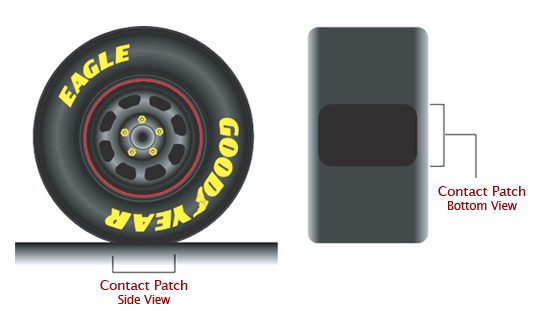 Living in New England, I have finally gotten a chance to see first hand some of the most absurd weather conditions one could imagine. This past winter, the Boston area saw more than its fair share of days with over a foot of snow on the ground. On these days, the majority of people put their daily drivers away and out come the AWD and 4WD vehicles. Snow on the ground often gets people thinking less than clearly and any form of precipitation often greatly reduces people's ability to drive. In these conditions, many people take comfort in the fact that they have AWD or 4WD, treating it as a safety net despite the terrible road conditions. But is this faith in mechanical wizardry misplaced? Has the myth surrounding AWD overruled common sense?
Living in New England, I have finally gotten a chance to see first hand some of the most absurd weather conditions one could imagine. This past winter, the Boston area saw more than its fair share of days with over a foot of snow on the ground. On these days, the majority of people put their daily drivers away and out come the AWD and 4WD vehicles. Snow on the ground often gets people thinking less than clearly and any form of precipitation often greatly reduces people's ability to drive. In these conditions, many people take comfort in the fact that they have AWD or 4WD, treating it as a safety net despite the terrible road conditions. But is this faith in mechanical wizardry misplaced? Has the myth surrounding AWD overruled common sense? |
| The contact patches at the four corners are your only connection to the road and provide the mechanical grip. |
So at this point, you are probably saying to yourself, "Yeah, yeah...enough with the engineering lesson. What's the point?" Well, the point is that the tires on your car determine how much grip you have available at any time. Whenever that grip is exceeded, the tire will begin to spin and the car will begin to slide. Many people think that having AWD means that you can completely avoid this situation, but in reality, you are just as likely to slide as someone who has the same tires as those on your car. AWD does not increase the total mechanical grip available, it is only able to optimize it.
 |
| Variations of AWD (Photo courtesy of Fuji Heavy Industries) |
The problem is, getting moving is only one part of the equation when driving on a slick surface. Stopping and turning are still requisite parts of maintaining control of the car and this is where people allow that sense of invincibility to get them into serious trouble. Earlier on, we talked about mechanical grip being determined by the friction of the tires with the road surface. This determines grip for getting moving, but also determines grip for stopping and turning. Many people, deluded by the sense of invincibility afforded them by AWD, completely lose sight of the fact that while they are able to get moving, possibly without too much difference compared to a dry road surface, their ability to stop and turn the vehicle has been compromised by the slick conditions. The end result is all too often a loss of control and a AWD vehicle stuck by the side of the road because the drive realized too late that they could not drive like they do in dry conditions.
 The myth that AWD allows one to forge through any weather conditions is certainly one that the automakers themselves are in part responsible for perpetuating with their marketing. Oftentimes, they show an AWD vehicle crashing through snow banks or surging through an ice covered road to reach the driver's intended destination. What they always fail to show is that stopping distances are greatly reduced and high speed turns are a recipe for disaster.
The myth that AWD allows one to forge through any weather conditions is certainly one that the automakers themselves are in part responsible for perpetuating with their marketing. Oftentimes, they show an AWD vehicle crashing through snow banks or surging through an ice covered road to reach the driver's intended destination. What they always fail to show is that stopping distances are greatly reduced and high speed turns are a recipe for disaster.
Certainly, I am not saying that all AWD drive cars do not serve a purpose. In many cases, I fully understand why people get their AWD cars. In fact, the latest and greatest super sophisticated AWD systems are designed not just to optimize grip in bad weather, but can even enhance the enthusiast driving experience by actively apportioning power to improve turning responsiveness and limit understeer and oversteer conditions. However, none of these systems can replace careful driving in slick conditions and certainly none of these systems is able to create more mechanical grip than the tires are able to generate.
So the next time you are behind the wheel of an AWD vehicle in a torrential downpour or a white-out snow storm, make sure to realize that a cautious and careful driver is still the best slick condition safety option that any car can be equipped with.
Be safe, everyone!

No comments :
Post a Comment